Planning and preparation are half the battle. So who better to consult than an expert – Ellen Miller, a high-altitude training specialist and endurance coach – before I attempted my highest climb yet, an ascent of 13,209-foot Homestake Peak in the Colorado Rockies.
After reaching that summit, I started dreaming of even bigger climbs – like Mt Kilimanjaro and Mt Rainier – and sought more advice on how to take the next step towards becoming a serious mountaineer from Conrad Anker, leader of The North Face climbing team.
Here, two of the greatest alpine climbers on the planet offer important tips for achieving a successful summit.
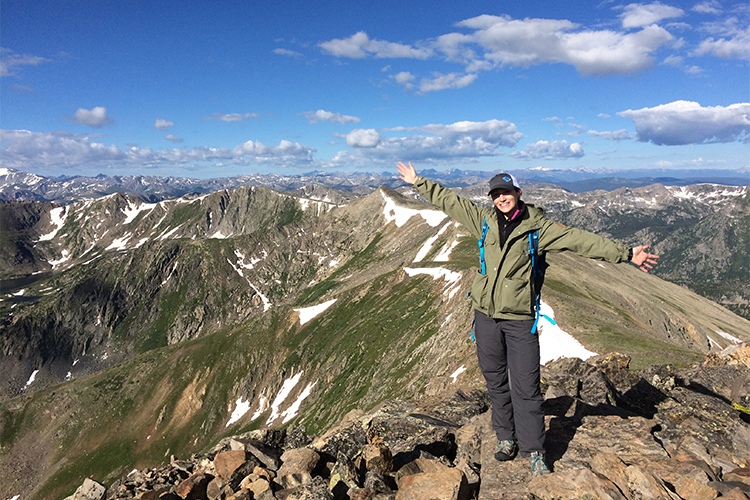
‘You want to go climb Everest? Go spend time at 19,000 feet and 25,000 feet before going up to 29,000,’ said Miller, the only American woman to conquer the world’s tallest mountain from both Nepal and Tibet.
As we hiked up Vail Mountain, Miller talked about hydrating twice as much at altitude as at sea level and the importance of acclimatizing gradually. I was relieved to hear that this mountain-deprived New Yorker had prepared accordingly: marching up stairwells in my apartment, in train stations and in office buildings; training a couple months out (okay, so not the five months she recommended); interspersing hilly bike rides with strenuous hikes near the city; and wearing a loaded backpack on the treadmill at the gym (okay, so apparently not full enough). ‘You want to load your pack progressively,’ said Miller. ‘Four months out, 10 pounds. Three months out, 20 pounds. Two months out, 35 pounds.’
Above all else, Miller values past mountaineering experiences. While acknowledging that today’s digital age is driving a desire for instantaneous gratification, she said it is crucial to maintain a willingness to spend years training and working one’s way up to high elevations.
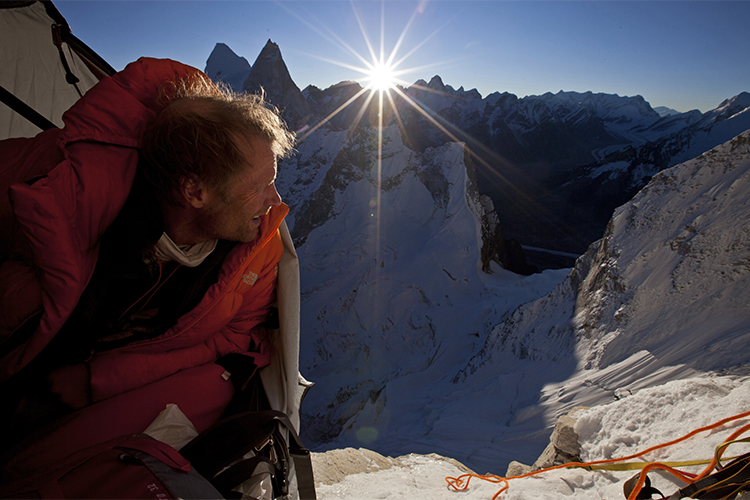
Conrad Anker, star of the recently released film Meru , emphasised the importance of first identifying what you want to climb before joining a mountain organisation to get a greater understanding of what’s required. Consider some of his US-based guide recommendations, like American Alpine Club , Mazamas in Portland, Oregon, and Rainier Mountaineering, Inc , which leads skills seminars and climbs around the world, from Aconcagua in Argentina to Mt Elbrus in Russia to Vinson Massif in Antarctica. Outside the US, Adventure Consultants offers climbing schools in Europe and New Zealand and does guided treks all over the world.
Whether you’re going it alone or just want to trust yourself on a guided trek, these organisations will take you from rookie to rock star, covering everything from setting up an unplanned bivy to glacier climbing techniques to navigating in white-out conditions and weather interpretation. And unless you want to be stuck in your tent for three days waiting out a blizzard, you need to know the best time to go, be it Mexico’s Citlaltepetl from October to April or Alaska’s Denali (formerly Mt McKinley) in the spring months.
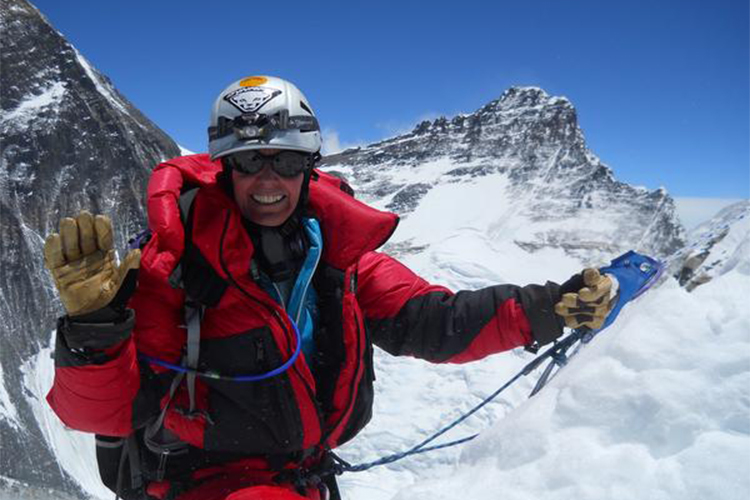
You can’t over-prepare for climbing a mountain at high altitude – especially when it comes to gear. ‘If you’re going on an expedition, have your gear laid out a month in advance, particularly for a multi-day or extremely high [above 20,000 feet] or cold expedition,’ said Miller. ‘Don’t wait until the last minute to see if your gear is in working order or if you need a new item, even something as simple as glacier glasses.’
Anker agreed that the foundations for a successful climb have everything to do with being organised. ‘Start from the feet up: boots, socks, pants…make a checklist,’ he said, citing a climb he did with his son this past summer in Wyoming’s Grand Teton National Park. ‘For the Petzoldt route to the Upper Exum Ridge, we knew we needed a helmet, climbing shoes and regular shoes.’ (If you want to follow in his footsteps, go through an Anker-approved service like Exum Mountain Guides – exumguides.com.)
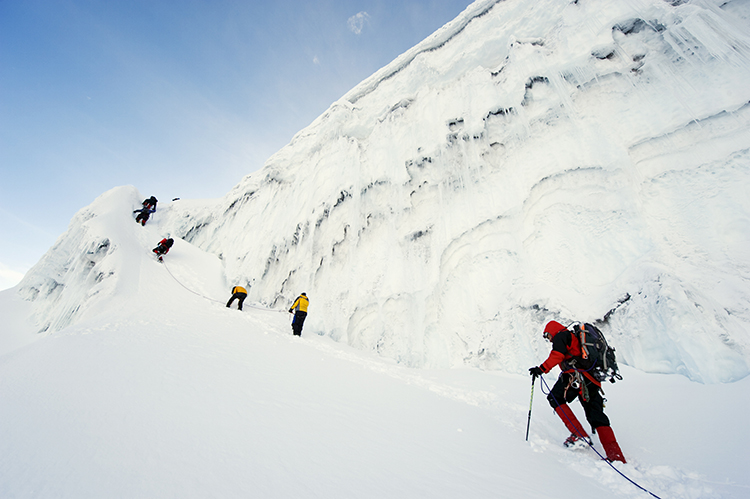
‘You have to be relentless in this pursuit of your passion,’ said Miller, who believes that mental training is as important as physical training. No matter how fit you may be, all climbers must take altitude seriously and the best way to build mental toughness is to climb big mountains. ‘The Colorado 14ers are a great intro to mountaineering,’ said Miller. ‘Mt Rainier is a beautiful place to get some glacier experience, and the Ecuadorean volcanoes of Cotopaxi and Chimborazo are easy and lovely to climb.’
And even after years of conditioning, when you think your brain and body can handle thin air and freezing temps, Miller suggests reaching altitude with caution. ‘Ease the progression, moving slowly, adjusting, that is key to acclimatization. Be well prepared, well rested and hydrated, and really think about approaching a mountain thoughtfully,’ said Miller.
To develop confidence and expertise in the mountains, Anker said an inexperienced climber would be wise to choose an adventure within his or her ability level, or train with a mentor who knows the situation and has seen something that’s more challenging.
Miller, who considers Nepal and its mountains to be like a second home, also suggested surrounding yourself with your own tribe – people who love training and believe their lives have been changed for the better because of climbing. ‘There’s no room for the naysayers,’ said Miller. ‘Tune out the folks who will say it’s too scary or too dangerous.’
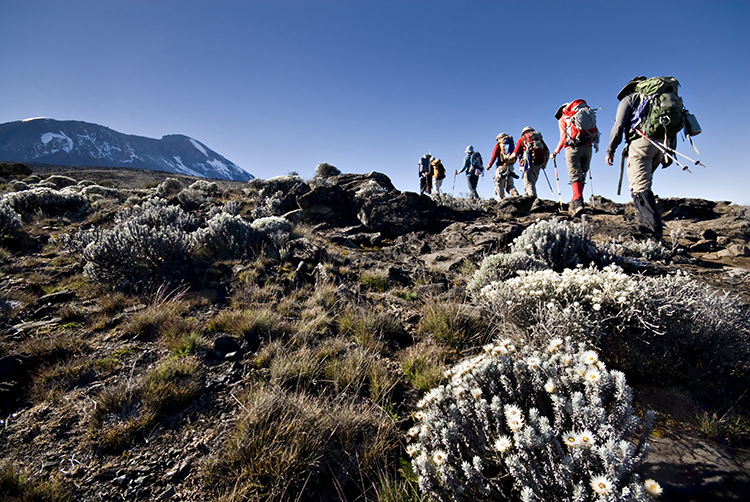
While altitude can be a deciding factor in a climber’s ability to reach a summit, it’s far from the only hurdle. Even the most experienced alpinists head into the mountains with a healthy mix of reverence and fear. But the secret to a successful climb is focusing on the task at hand. ‘You can’t be climbing serious mountains, scrambling over rocks, ice climbing and thinking about your schedule for next week or the grocery list,’ said Miller. ‘It is really important to get in the zone and enjoy being so incredibly focused. Often times, life depends on that focus, that ability to reign in your brain.’
Focusing on a project at work is different from focusing on fixing a pitch in 30mph winds. The more you practise this kind of focus while training, the more disciplined you’ll be when it’s time to wake up just after midnight and push for the summit. ‘You’ve got to summon the restraint to rewire your thought pattern,’ said Miller, relaying a dizzying array of things that go through a climber’s mind. ‘Don’t rush, stay in eyesight of each other. You’re at the top when you’re at the top, not a moment before so stay focused on vitals, weather, supplies and other elements.’